
Categories
Resource Types
CCSS
Speaking & Listening
Language
Reading
Figurative language - Idioms
$ 0
Idioms frequently occur in conversation. This resource discusses idioms that can be used with the word "egg," such as "nest egg," " egg on your face," " putting all your eggs in one basket," " walking
...
on eggs," " goose egg," and "bad/rotten egg." This single page worksheet can be used in a language journal, or as a simple quiz.
Math specific language - Number words
$ 295
These activities and worksheets cover various aspects of using number words, ordinals, prefixes (uni-, bi-, tri-, etc.), and shapes. Activities include choosing a number word, drawing by following ins
...
tructions, sentence practice, decoding number words in text, and critical thinking.
Math specific language - Order of Operations
$ 295
These activities and worksheets are a great tool to use as reinforcement or extra practice with order of operations. Includes instructional strategies and activities for visualizing parentheses, dra
...
wing number pictures, and solving word problems using PEMDAS.
Math specific language - Imagery in Math
$ 195
Visual-spatial processing is the ability to tell where objects are in space. It is the ability to form mental representations of how objects appear and to move these representations in the mind. This
...
type of mental imagery is essential for math. These instructional strategies and activities include drawing representations of problems to find the answer, visualizing angles and shapes, and critical thinking skills.
Science Specific Language- Instructional Stories-Crayons
$ 195
There are 11 basic color words in the English language: "black", "white", "red", "green", "yellow", "blue", "brown", "orange", "pink", "purple", and "gray". The rest are variations of that color. The
...
se instructional strategies and activities are a great tool to use for understanding color words, the chemistry of color, describing objects, and extending an art or science lesson. These activities could also serve as an introduction to color vocabulary.
Science Specific Language- Instructional Stories-Rainbows
$ 195
Rainbows are fascinating. These worksheets explore the science of rainbows with instructional strategies and activities for introducing light and color along with answering the questions when and wh
...
y rainbows appear. Activities use visuals to introduce new vocabulary, utilize text evidence, reinforce reading comprehension, and critical thinking.
Science specific language - Instructional Strategies - It begins with a good question
$ 195
When you say ‘science’, one thinks of experiments and research. To do research, scientists conduct experiments to answer questions and learn new information. These experiments follow a specific sequen
...
quence of steps called, ‘The Scientific Method’. Use these instructional strategies and activities to help students understand the Scientific Method and how it is applied to science experiments. Activities include determining the difference between a statement and a question, practice writing questions, understanding measurable/ non-measurable information, naming components of an experiment, and conducting an experiment using the Scientific Method.
Science specific language - Instructional Strategies - Classification of Living Things
$ 195
All living things are organized in groups according to similar characteristics and common ancestry. Each groups start from the largest and progress to the smallest. These instructional strategies and
...
activities help students understand the scientific classification system (Kingdom, Phylum, Class, Order...). Activities include creating a Kingdom wheel, student research, living v. non-living, charting common characteristics of animals, and using critical thinking skills to create their own charts.
Science specific language - Instructional Strategy - The Sequence of Changes in Matter
$ 195
Changes in the state of matter are physical changes, not chemical changes. When a substance moves from one phase to another it is still the same substance. These instructional strategies and activitie
...
s can be used to introduce or reinforce states of matter. Activities include sentence completion, categorization, finding text evidence, and using critical thinking.
Science specific language - Literacy Instruction - Visualization in Science
$ 195
What is ‘visualization’ in science? Scientific research uses the words ’visualization’, ‘image’, ‘visual aid’, and ‘visual literacy’ interchangeably. The term ‘visualization’ is defined as the formati
...
s defined as the formation of mental images and as the process of interpreting information in visual terms. It assists with the explaining, developing, and learning of concepts. These instructional strategies and activities will help you help your students with concepts across the curriculum.

 Your browser is out of date. For best experience switch to latest updated Browser.
Your browser is out of date. For best experience switch to latest updated Browser.
 Get Chrome
Get Chrome Get Edge
Get Edge Get Firefox
Get Firefox
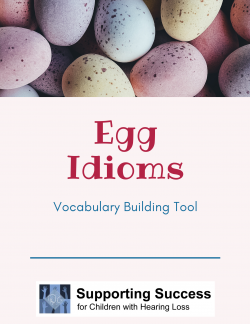
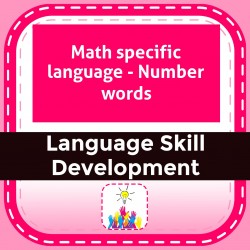
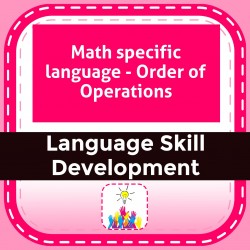
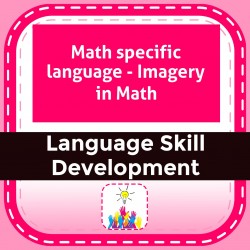
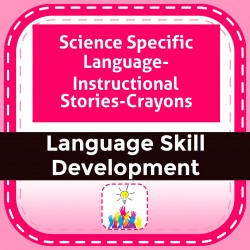
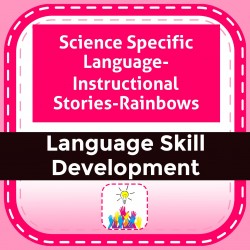
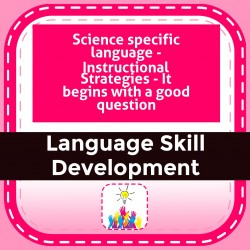
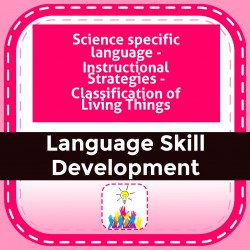
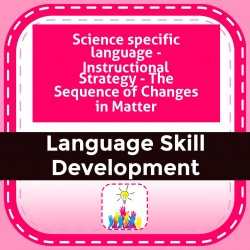
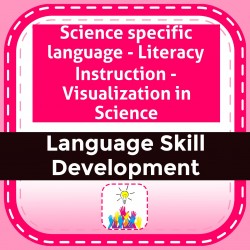


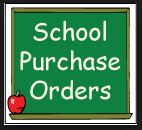 You MUST include an email contact and phone number on your PO. Some of our products are downloadable only and delivered via email. Not including an email address will prevent delivery.
You MUST include an email contact and phone number on your PO. Some of our products are downloadable only and delivered via email. Not including an email address will prevent delivery. 